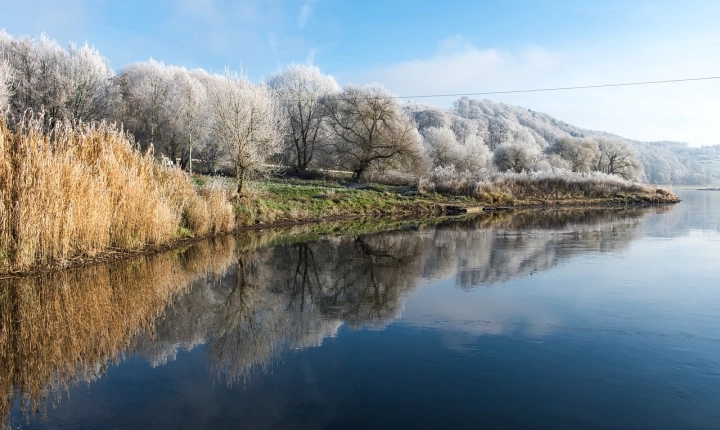Title: Can AI Create GIFs? Exploring the Intersection of Artificial Intelligence and Digital Media
In the age of digital media, GIFs have become a ubiquitous form of communication and expression on the internet. From funny memes to marketing campaigns, GIFs are an integral part of online culture. But can artificial intelligence (AI) really create GIFs? Let’s explore the intersection of AI and digital media to understand how AI is being used to create GIFs and the potential implications of this technology.
First, let’s understand what AI is and how it is being applied to digital media. AI refers to the simulation of human intelligence in machines that are programmed to think and learn like humans. In the realm of digital media, AI is being used to automate the creation of visual content, including images, videos, and yes, GIFs.
AI-powered tools can analyze existing visual content to understand patterns, styles, and trends. This allows AI to generate new visual content, including GIFs, by combining and manipulating existing images and videos. For example, AI can be used to automatically create GIFs from a set of images or videos, apply filters and effects, and even generate original animations based on a set of parameters.
One of the key advantages of using AI to create GIFs is the speed and scale at which it can operate. AI-powered tools can generate large volumes of GIFs in a short amount of time, making it an efficient solution for businesses and individuals looking to create and distribute visual content on a large scale.
Moreover, AI can also analyze user behavior and preferences to tailor GIFs to specific audiences, leading to more personalized and engaging content. This level of customization can be especially valuable in marketing and advertising, where targeted and relatable content is essential for capturing audience attention.
However, the rise of AI-generated GIFs also raises important ethical and creative concerns. As AI begins to take a more prominent role in content creation, there is a risk of homogenization and the loss of human creativity and originality. Additionally, the use of AI to create visual content could potentially raise questions about the authenticity and ownership of the content, as well as issues related to copyright and intellectual property.
Another consideration is the potential impact on the job market for graphic designers and content creators. As AI becomes more proficient at generating visual content, there could be a shift in the demand for human-created content, potentially leading to job displacement in the industry.
Despite these challenges, the intersection of AI and digital media also presents new opportunities for creativity and innovation. AI can be used as a tool to augment human creativity, providing new ways for artists and designers to explore and experiment with visual content. Additionally, AI-powered tools can help streamline workflows and free up time for creators to focus on more complex and creative aspects of their work.
In conclusion, AI is indeed capable of creating GIFs and other visual content, and its integration into the digital media landscape has the potential to transform the way we create and consume visual content. While there are legitimate concerns about the impact of AI on creativity and job markets, there are also opportunities for collaboration and innovation as AI becomes an increasingly important tool in the creation of visual media. Finding the right balance between AI and human creativity will be essential as we navigate the evolving landscape of digital media and artificial intelligence.
